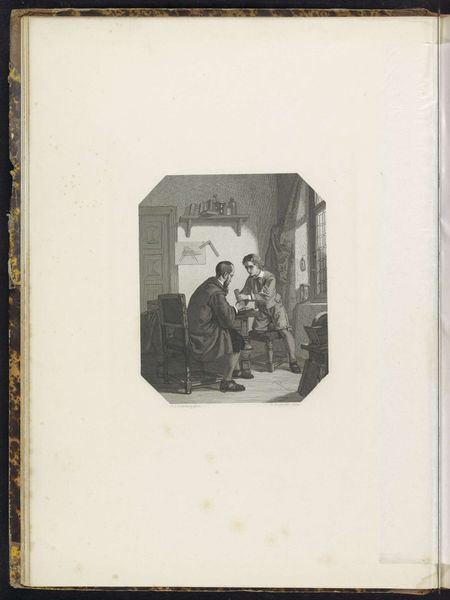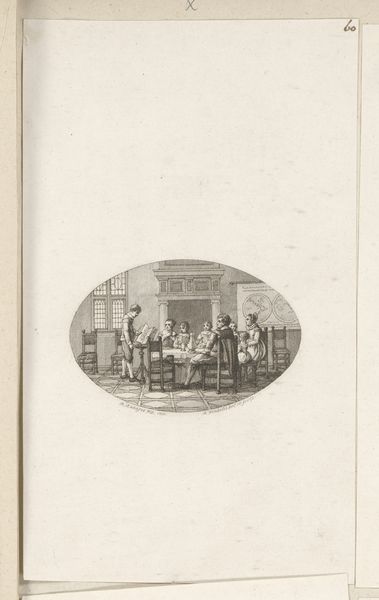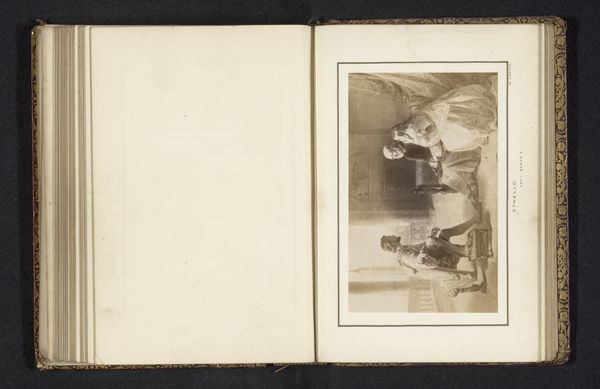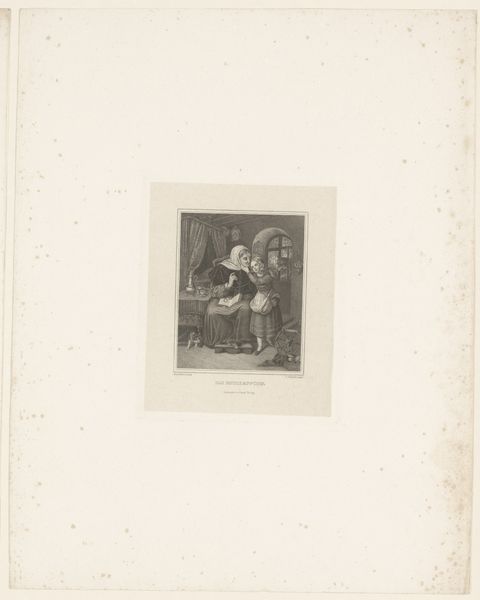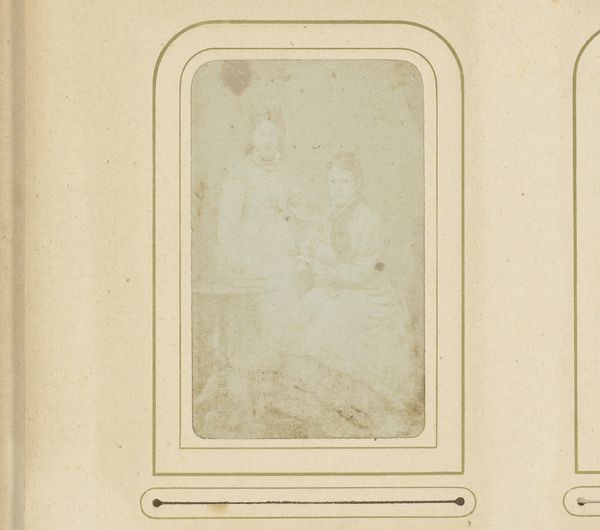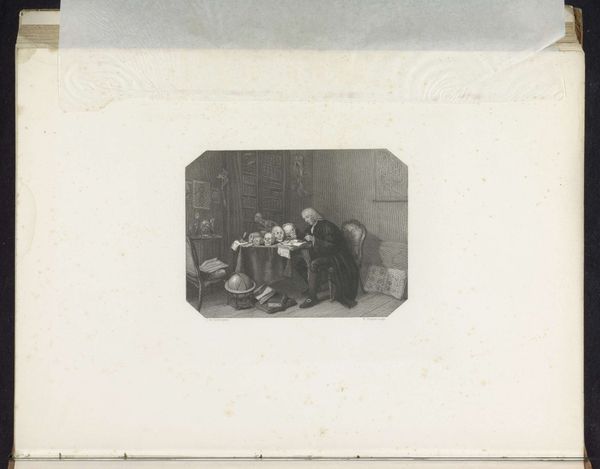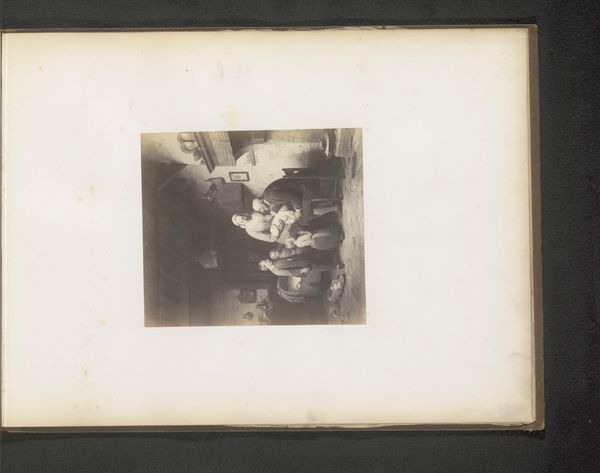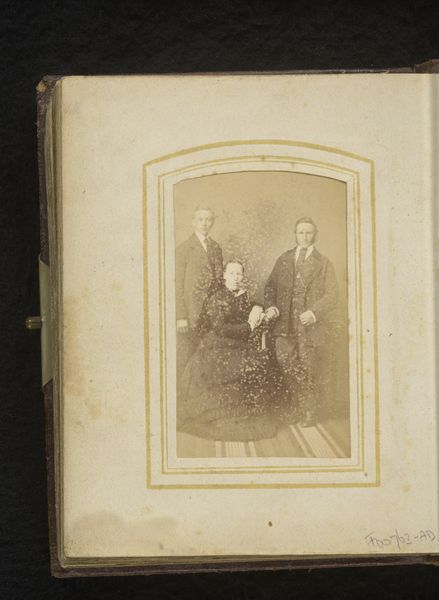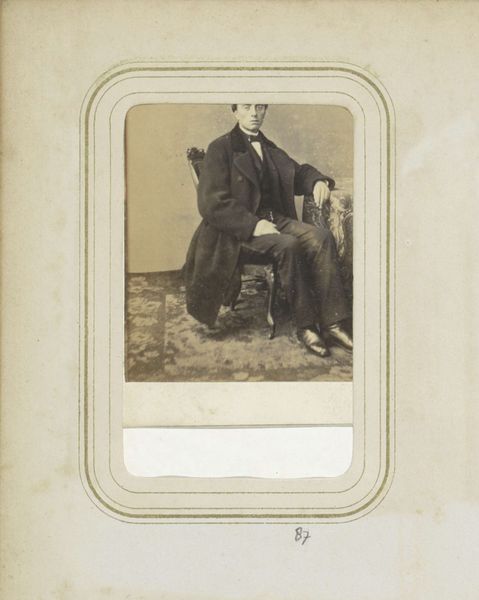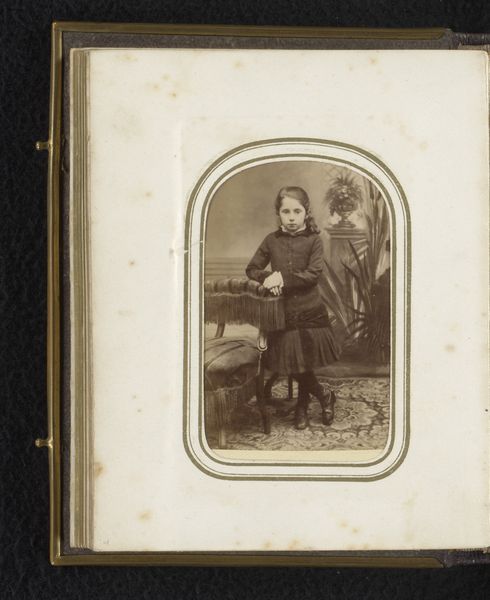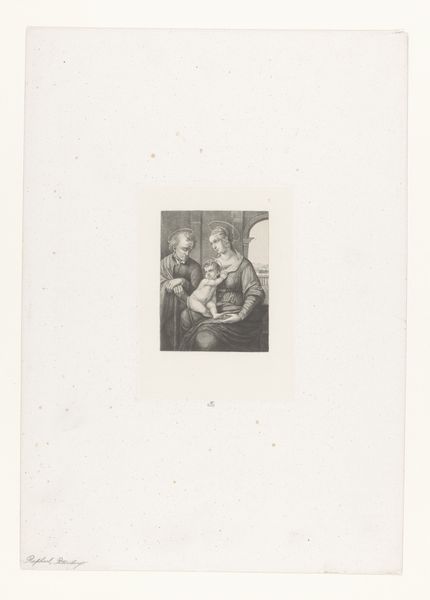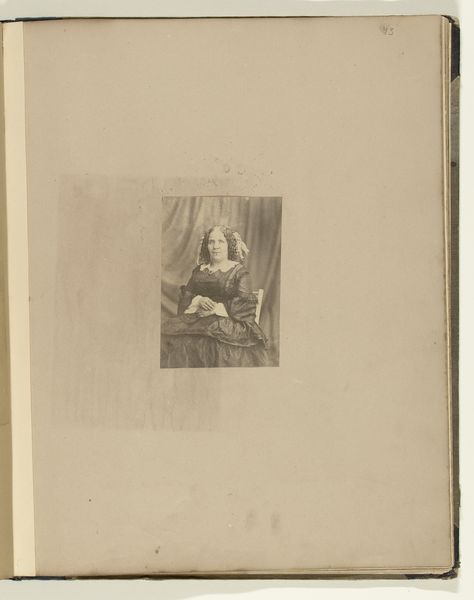
drawing, print, engraving
#
portrait
#
drawing
#
narrative-art
# print
#
history-painting
#
engraving
#
realism
Dimensions: height 240 mm, width 190 mm
Copyright: Rijks Museum: Open Domain
Curator: Welcome. Here we have "Leicester en Oldenbarnevelt, 1586" a print rendering produced between 1865 and 1870. Its creator is Christiaan Lodewijk van Kesteren, and it’s currently held at the Rijksmuseum. What's your first take on this one? Editor: There's something rather melancholy about the overall tone despite its clear rendering. Perhaps the black and white makes the scene feel old or unresolved, even as a historical depiction. Is that the intent, I wonder? Curator: The image depicts a historical meeting that was indeed a pivotal moment. This encounter between Robert Dudley, the Earl of Leicester, representing the English Crown, and Johan van Oldenbarnevelt, the Advocate of Holland, signifies a complex moment of Dutch-English alliance and tension. England was financially and politically involved, influencing local governance. Editor: Intriguing! You know, there is an undercurrent of drama. Someone has an expression that's close to a sneer! I bet that table saw plenty. The detail in the garments, particularly the ruffs, also catches my eye, which pulls you in close. Curator: It does. Van Kesteren's choice to create it as an engraving—a medium allowing for precise detail—emphasizes the weight of historical documentation and accuracy that realism favored. Consider also the date of creation in the 19th century, at a time of nation-building; there’s a nostalgia for heroic moments from the past. The format is history painting. Editor: Good point. While the artwork itself strives for a photographic capturing, it brings up all sorts of feelings! How much control the Dutch really had in those matters... The lighting certainly reinforces the underlying disquiet of any political 'agreement', almost film-noir like. Curator: Right, the very placement in an interior domestic scene versus on a battlefield, as might have been customary at an earlier date, suggests something about interior politics and strategies—even manipulations! It underlines the role of diplomacy, maybe its duplicity, versus outright conflict. Editor: Indeed. All told, Kesteren's creation goes well beyond an innocent historical "snapshot". Thank you, as always. Curator: My pleasure. I appreciate your impressions today. It's important to recall how the past continues to speak, often more loudly than we realize.
Comments
No comments
Be the first to comment and join the conversation on the ultimate creative platform.

